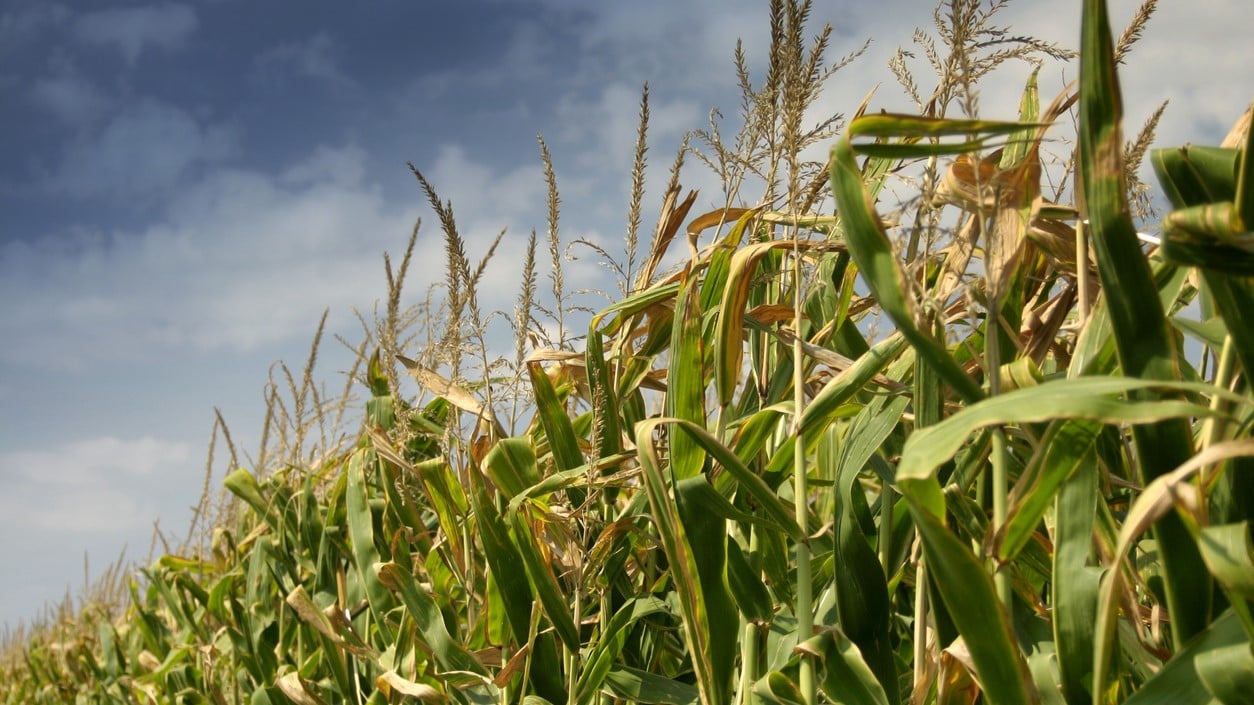What the Future of Gene Tech (or Food GMOs) Means for Food Safety
Transforming the agricultural landscape, genetically modified organisms (GMOs) represent crops with genetic material altered beyond the limits of natural mating or recombination techniques.
GMOs have become more widespread throughout the food and beverage supply chain, driven by their potential to enhance crop yields, pest resistance, and greater tolerance to herbicides. According to FDA data from 2020, 94% of all soybeans planted were food GMOs, while 92% of corn planted was genetically modified. In 2023, the FDA even drafted a letter about the potential impact of GMOs on allergen labeling.
The growing reality of GMOs in our food supply raises important questions about their long-term role in food manufacturing. Given the widespread presence of GMO foods in the market, manufacturers, distributors, and other stakeholders must understand their implications on food safety. Here’s what you need to know.
Bolstering Food Safety With Food GMOs
GMO development has evolved largely as a tool to improve crop yields, enhance nutritional benefits, and address global food security challenges, but there are significant food safety benefits as well.
- Greater Disease Resistance
GMOs engineered for greater disease resistance are less susceptible to infections and pathogens that can harm the crops in the field or the quality of harvested produce. Reducing the likelihood of diseases helps prevent foodborne illnesses at the source, as these crops are less likely to harbor harmful microorganisms or toxins that could pose health risks to consumers. This increased resilience against diseases contributes to safer food production by minimizing the need for chemical treatments and reducing the chances of pathogens entering the food supply. - Pest Resistance
GMOs designed for pest resistance can deter or withstand insect attacks that traditionally destroy crop yields. This allows farmers to use fewer chemical pesticides to protect their crops and decrease the amount of pesticide residues on harvested food. As a bonus, using fewer pesticides also lessens the environmental impact of an agricultural operation, helping the company reach sustainability goals more quickly. - Less Spoilage
Engineered GMOs have longer shelf lives, minimizing spoilage and conditions that can lead to pathogen development. For example, certain genetically modified fruits and vegetables can resist bruising or browning. Extending the freshness of these foods reduces food waste and the chance for consumers to eat spoiled or contaminated food.
Food Safety Risks of Food GMOs
Despite these safety benefits, food GMO technologies also create some risks for manufacturers and consumers.
- Undeclared Allergens and Cross-Contact
When genes from one type of plant are inserted into another, there is a possibility that the resulting GMO could produce proteins that trigger allergies in sensitive individuals. If these allergenic proteins go unnoticed during the regulatory approval process or remain undisclosed on food labels, consumers with allergies may unknowingly consume products that pose a health threat. Though much research into the potential risk is still pending, the FDA drafted a letter in 2023 warning manufacturers of new plant breeds of the potential dangers of using proteins from known allergens. - Unforeseen Pathogenic Susceptibility
Genetic modification can alter a plant or animal's natural resistance to pathogens in unpredictable ways. Even though GMOs undergo thorough safety assessments before approval, the potential for unforeseen interactions between modified genes and pathogens exists. This could make the GMOs more susceptible to certain diseases that existing food safety standards can’t foresee or defend against. - Improper Labeling
Since 2022, the FDA has required that manufacturers clearly label products containing bioengineered ingredients to keep consumers informed about what they’re eating. Failure to clearly or accurately label food GMOs, whether intentional or accidental, violates regulations and can expose consumers to ingredients they don’t want to ingest. Improper labeling also makes it challenging to trace and recall products when food safety issues or allergen concerns arise.
A New Era of Food Safety With GMOs
As food GMOs become more commonplace in the agriculture, food, and beverage markets, consumer dynamics and the regulatory landscape will continue to evolve along with them. Their widespread use has led to new labeling and packaging rules, as governments strive to ensure food product transparency and safety. Staying ahead of regulations is key to protecting consumers and minimizing compliance costs.
Sign up for the AIB International newsletter to stay informed on the latest GMO food safety and labeling regulations.


